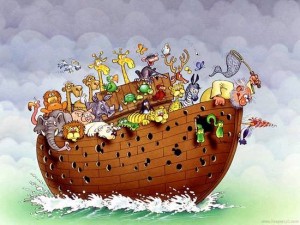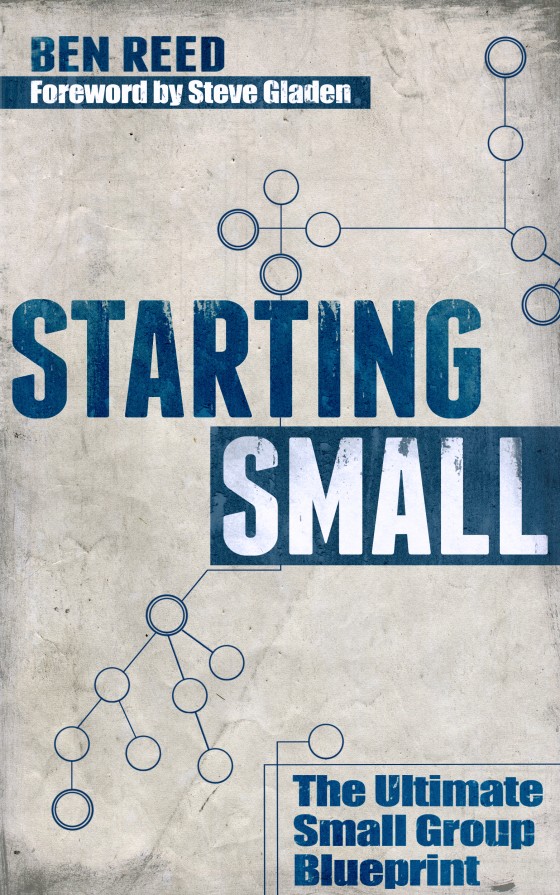The problem with many Bible stories that we share with children on Sundays is that they’re not really for children.
I mean, the ones we share on Sundays are for children…but the ones found in Scripture aren’t. These are stories for adults. And if you made a movie out of them, they’d probably be rated R.
 Take, for example, Noah and the flood. We like to share it with children because it has animals in it. And animals are cute. And kids like boats. But you know what really happened?
Take, for example, Noah and the flood. We like to share it with children because it has animals in it. And animals are cute. And kids like boats. But you know what really happened?
God killed the entire human race.
We also like to share the story of Moses, and the parting of the Red Sea. Pretty cool thinking about Pharaoh charging after Moses and the Israelites, Moses stretching his staff out, the waters parting, and the Israelites walking across on dry ground. Until we realize that thousands upon thousands of Egyptians died that day in the Red Sea. “Ok, kids…color that picture!”
Speaking of Moses, it sounds like a good idea to make a movie (or two or three) about the events leading up to the 10 commandments, right? Pretty cool to see the magicians trying to perform the plagues that Moses uses his staff to accomplish. Cute, no? Try ending your bedtime story with your children with, “And then all of the firstborn children died…” “Goodnight, my firstborn son…sleep tight!”
And it’s not that we shouldn’t tell our children the stories of the Bible. It’s just that we often rip out the parts that make the story what it is. I’m not all for sharing the gory details of these stories with my 2 year old. But the problem comes in when we as adults forget that there’s more to these stories.
Instead of engaging and true stories, we can easily equate them with the realm of Harry Potter and Lord of the Rings. Great, well-told stories, but ultimately no more than a fantasy novel for children. And if we use that logic with Noah and Moses, what’s to stop us from using the same logic with the rest of Scripture? The adventures of Paul and the early church seem pretty far-fetched…speaking in tongues, healing people, the church growing by thousands when Peter and John would preach. The resurrection of Jesus? Fairy tale stuff. Jesus coming back to Earth to claim His Church? Nah…
I’m not against telling children the stories of the Bible. But I am against crafting a god that is safe, tame, half-hearted, and weak.
Let’s not let The Children’s Bible lull us, as adults, into sleep, thinking the Bible is full of fairy tales for children. The Bible is an intellectually robust, compelling story of God’s relentless pursuit of you.
Not just a fantasy novel.



